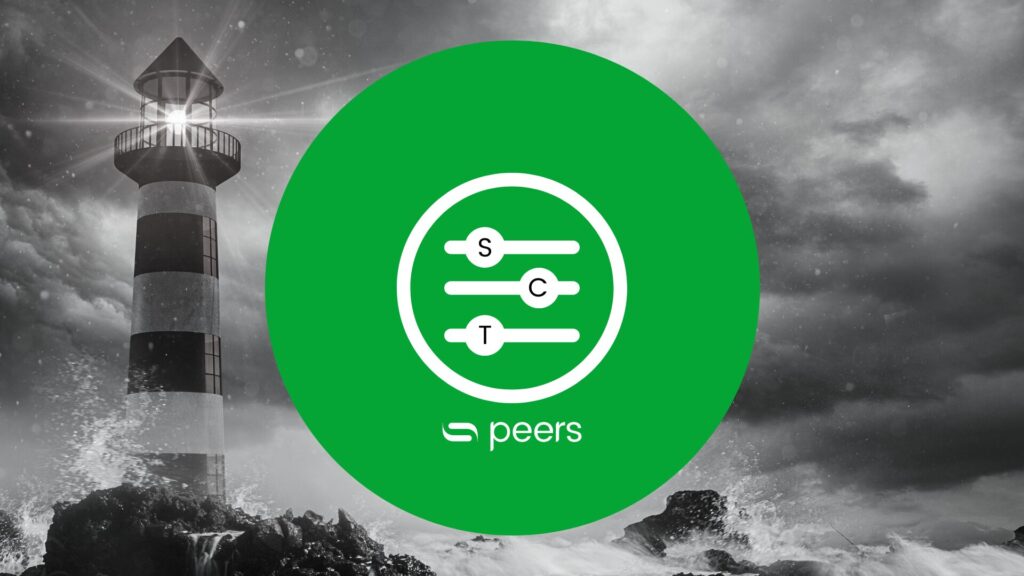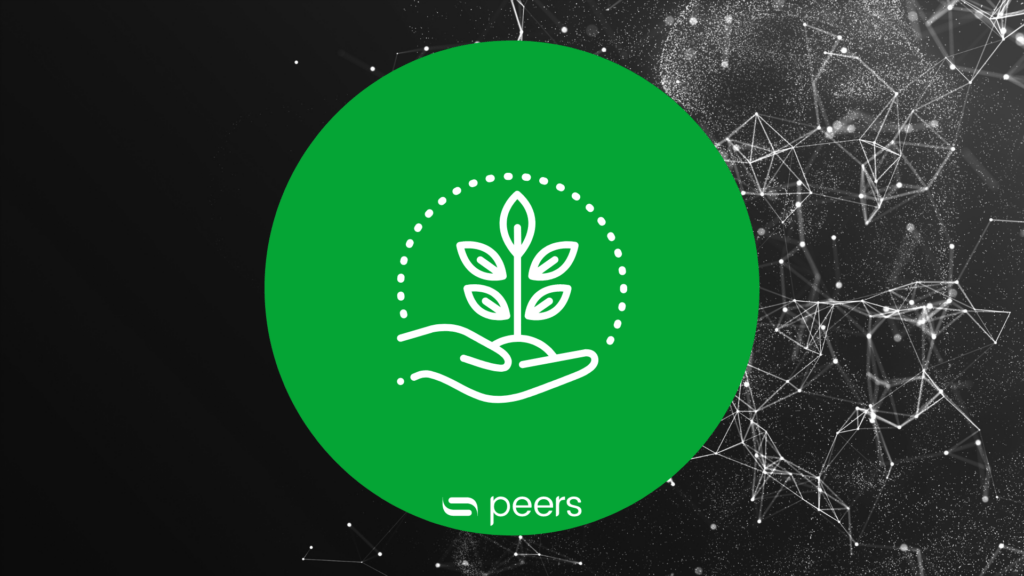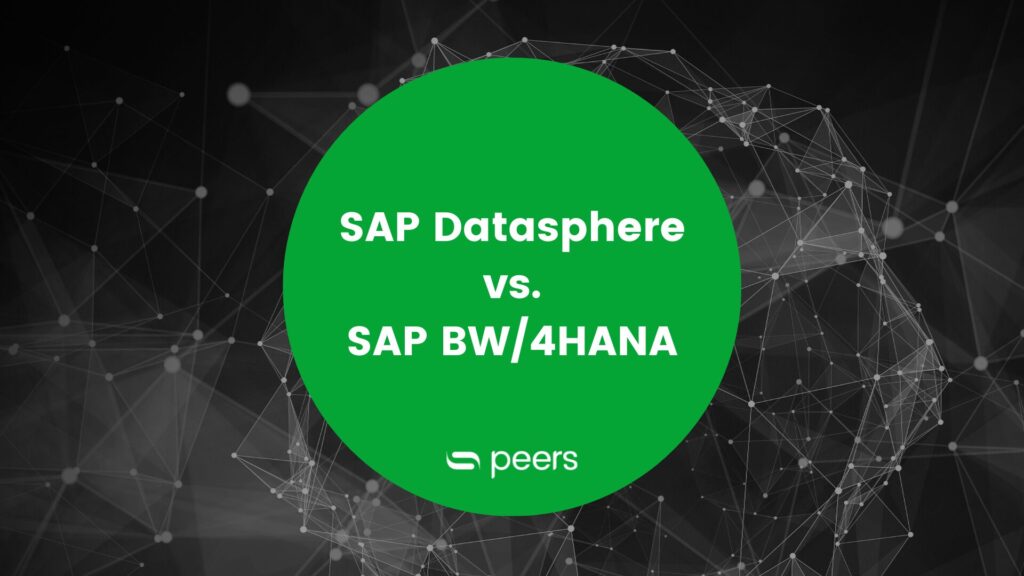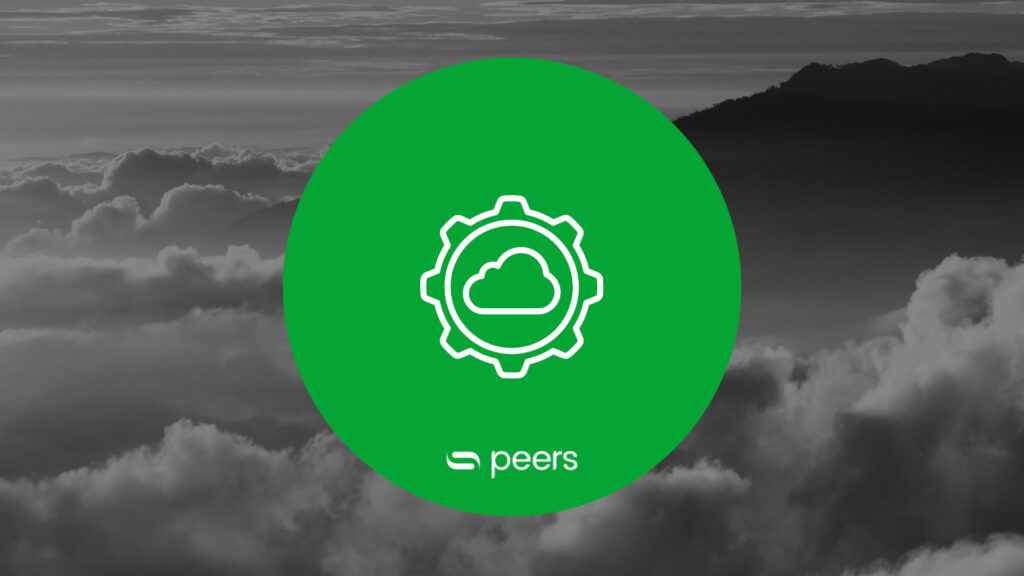What is a data warehouse (DW)?
- Data warehousing
- business warehouse, core data store
- 3 min reading time

Paul Vatter
- 1 Definition of a data warehouse (DW)
- 2 What are the four main characteristics of a data warehouse (DW)?
- 3 What does the term Business Intelligence (BI) have to do with data warehousing?
- 4 What is a database management system?
- 5 Why is the term "cloud computing" important when it comes to data warehousing (DW)?
- 6 Want to know more?
Definition of a Data Warehouse (DW)
A data warehouse is a company-wide database that integrates data from various heterogeneous data sources and uses them for analysis and evaluation purposes. and evaluation purposes and evaluation purposes. A well-designed data warehouse delivers high data throughput, performs queries quickly and offers end users the ability to break the data into smaller pieces to view it from different angles.
More about the structure and why you need a data warehouse can be found in this wiki article.
What are the four essential characteristics of a data warehouse (DW)?
Themed
The data structure in a DW is used to support management decisions and is not designed to support operational business processes. Data is stored according to specific objects such as customer or product. Decision makers analyze the data of these objects and make their decisions based on them.
Integrated
The data are integrated from various heterogeneous data sources integrated into a common dataset. For the integration, the data must be transferred into a uniform data structure and a common data format.
Not volatile
In a DW, the stored data is neither deleted nor modified. The data in a DW can only be changed to eliminate errors. In the course of time, a historical data stock is thus created, which is composed of the data of the individual operative application systems.
Time-related
The data are loaded into a DW at different times. The newly loaded data records do not overwrite the old data stock, but merely supplement it. This creates a snapshot of what is happening in the company each time. Accordingly, the data can be compared over different periods of time and trends can be identified.
What does the term Business Intelligence (BI) have to do with data warehousing?
Business Intelligence (BI) comprises the access to information with the help of IT systems. The analysis, evaluation and presentation of business-relevant company data is intended to provide insights into the current state of the company. These insights contribute significantly to strategic and operational decision support. The aim is to provide management with high-quality data and to support its decisions in the best possible way.
- For the technical implementation of a BI solution, a DW is necessary, which forms the foundation of any BI solution.
What is a database management system?
- A database management system - also called a database system for short - has been designed to manage large amounts of information.
- The primary goal of a database system is to provide the most efficient and convenient way to store and retrieve database information.
- A database system is an organised collection of electronically structured information or data stored in a computer system. Within a database, the data can be easily managed, modified, updated and retrieved.
- The core task of a database is to store large amounts of data efficiently, permanently and without errors, and to provide the required information as needed.
Why is the term "cloud computing" important when it comes to data warehousing (DW)?
- The name cloud computing is a metaphor for the internet. The internet is typically represented in network diagrams as a cloud.
- The cloud symbol represents unknown network infrastructures that make the network work.
- Probably one of the most currently recognized definitions of cloud computing is that of the National Institute of Standards and Technology (NIST), which is also often referred to in professional circles. NIST defines cloud computing as a model that enables ubiquitous, convenient, on-demand network access to a shared pool of configurable computing resources (e.g., network, servers, applications, services, and storage).
- These computing resources can be quickly provisioned and released with minimal administration or interaction with the service provider.
The cloud model is composed of three service models:
- Infrastructure-as-a-Service
- Platform as a Service and
- Software-as-a service).
These are the four deployment models of cloud computing:
- Private,
- Public,
- Hybrid and
- Community Cloud.
- In contrast to cloud computing, data warehouse solutions are also used on-premise provided.
- "On-Premises"means something like "onone's own premises" or "on site".
- The description of on-premise refers to the use of own servers and own IT environment.
- While access in the cloud is via the Internet, on-premise solutions are operated locally on the user's own computer.
Know more?
Would you like to delve deeper into this topic? Then we would be happy to present all the elements of data warehousing to you in person - very much in combination with details of other functions of the SAP Data Warehouse Cloud. Simply get in touch with us!

Published by:

Paul Vatter
Data workshop manager

Paul Vatter
How did you like the article?
How helpful was this post?
Click on a star to rate!
Average rating 0 / 5.
Number of ratings: 0
No votes so far! Be the first person to rate this post!








